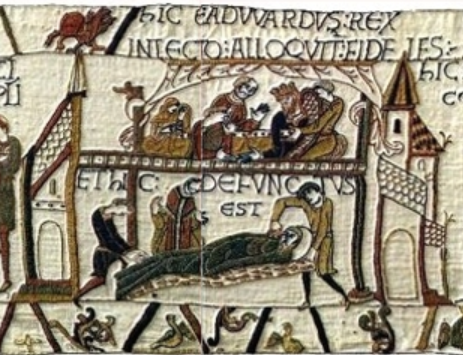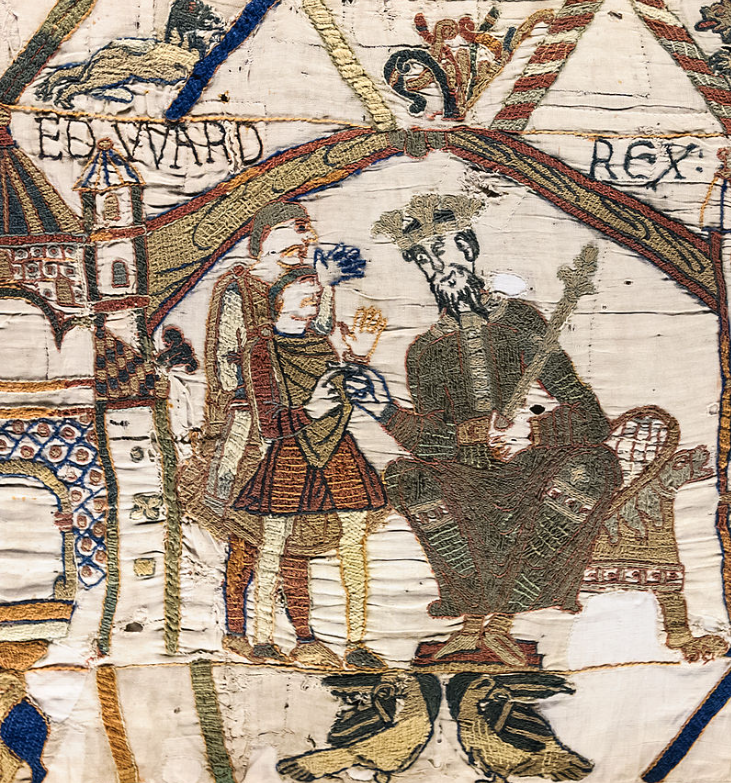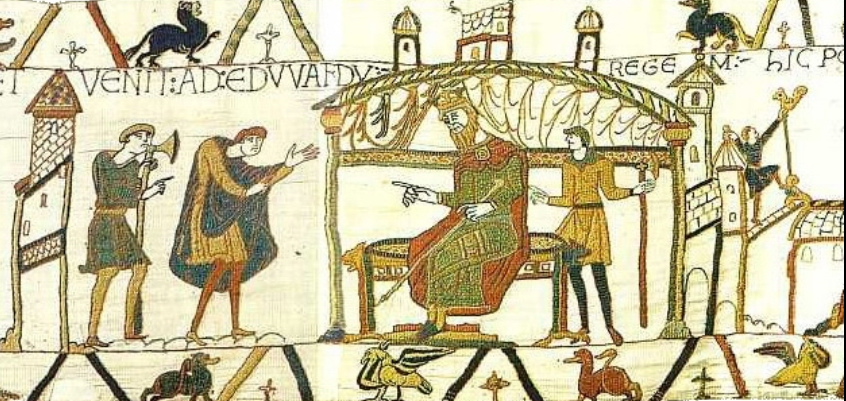Edward the Confessor
Reign 8 June 1042 – 5 January 1066
As the Norman Conquest and the creation of the Domesday book, which is used as the starting point for many histories of the country, the place of Edward the Confessor in this story is important.
In many of my pages on the history of the region around Belchamp Walter I use the test from Thomas Wright's History and Topography of Essex. He quite often gives reference to "at the time of the Confessor".
Wikipedia
Edward the Confessor[a][b] (c. 1003 – 5 January 1066) was an Anglo-Saxon English king and saint.
Usually considered the last king of the House of Wessex, he ruled from 1042 until his death in 1066.
Edward was the son of Æthelred the Unready and Emma of Normandy. He succeeded Cnut the Great's son –
and his own half-brother – Harthacnut. He restored the rule of the House of Wessex after the period of
Danish rule since Cnut conquered England in 1016.
When Edward died in 1066, he was succeeded by his wife's brother Harold Godwinson, who was defeated and killed in the same year at the Battle of Hastings by the Normans under William the Conqueror. Edward's young great-nephew Edgar Ætheling of the House of Wessex was proclaimed king after the Battle of Hastings, but was never crowned and was peacefully deposed after about eight weeks.
Top
The death of The Confessor as depicted on the Bayeux Tapestry
The death of Edward as shown in the tapestry is a little out of order as it features (scene ?)


